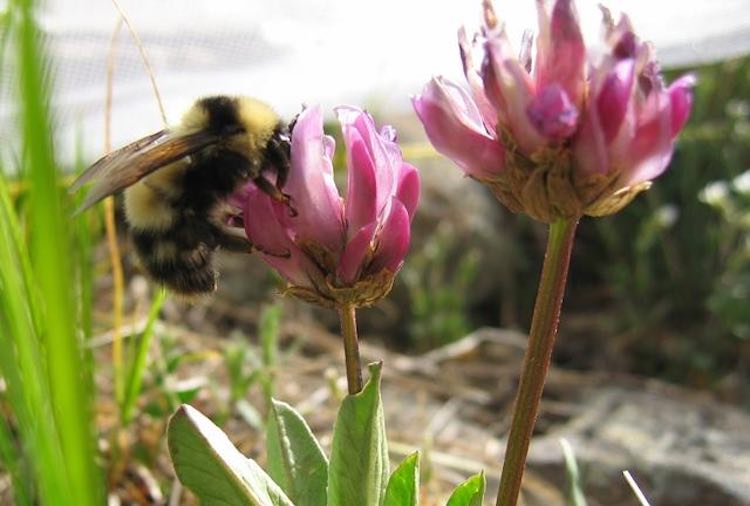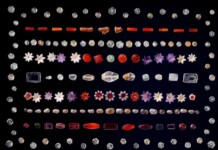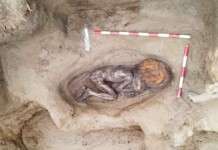
While commonly used pesticides have been shown to hurt bee populations, there may be a new development on the horizon that will simultaneously ensure the protection of honeybees and the crops that they pollinate.
According to a new study that was published in the Proceedings of the National Academy of Sciences journal, scientists found that honeybees were able to resist a certain kind of pesticide called tau-fluvalinate.
While the “sodium channels” of bumblebees were targeted and damaged by every other strand of pesticide, they were unaffected by tau-fluvalinate.
LOOK: The Grateful Dead Helps to Save Bees and Butterflies Through Jerry Garcia’s Legacy
This development has inspired hope for the future employment of a “selective pesticide” that will repel dangerous mites and pests, but leave honeybees and other pollinating insects unharmed.
“For the first time, we are showing that unique structural features in bee sodium channels interfere with the binding of tau-fluvalinate to bumble bee sodium channels,” said Professor Ke Dong, an author of the study.
“This opens the possibility of designing new chemicals that target sodium channels of pests but spare bees.”
CHECK OUT: Man Creates Gardens For Unwanted Bees, Grows Free Food in 30 Abandoned Lots
While it may take some time before the pesticide is developed and utilized by farmers, celebrities and businesses are making strides to protect the precious insects in the interim: cereal brand Honey Nut Cheerios was lauded for planting over 3,300 acres of honeybee habitat last year because “it was time to give back” to the tiny insects that had supported their product for so long.
Additionally, the late Jerry Garcia of the Grateful Dead has been protecting the pollinators with his rock and roll legacy.
“Jerry was an environmentalist who advocated for the preservation of the rainforests and the coral reefs,” said Manasha Garcia, Jerry’s wife and co-founder of the foundation. “It is a blessing to continue this work in his honor.”
Click To Share The Buzz With Your Friends (Photo by Jennifer Geib / Appalachian State University)



















